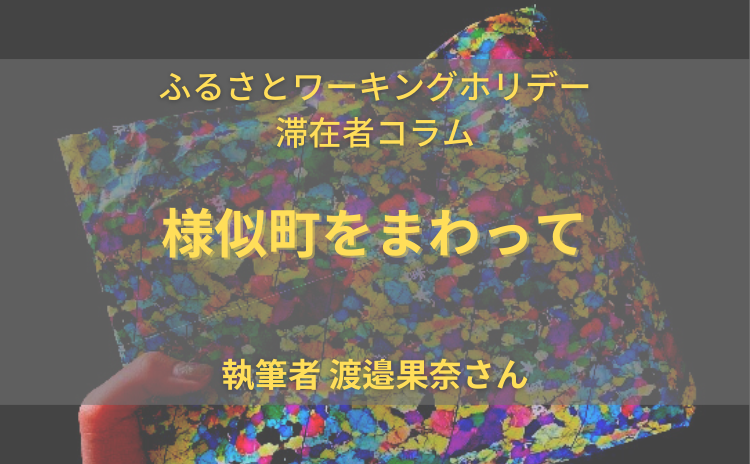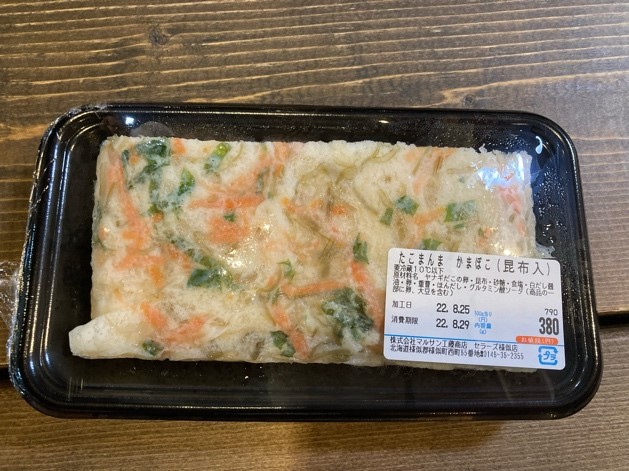Tongari Furusato Working Holiday Column
Kana Watanabe: Samani column
We would like to introduce the columns of two people who toured four Tongari towns while working and staying. This project was held at the Urakawa Tourist Association for about two weeks under the Furusato Working Holiday program sponsored by the Japanese Ministry of Internal Affairs and Communications.
Samani, the town of Mt. Apoi Geopark
Mt. Apoi is such an interesting mountain. It is located in the Hidaka mountain range and its elevetion is only 810.5 meters. What makes it amazing is that despite its low altitude of 810 meters, alpine plants are extremely diverse at Mt. Apoi. One reason is that the soil is formed of “peridotite,” a rock that contains many plant growth-inhibiting elements.
The second reason is that the mountain is only 3km way from the pacific ocean and due to the fog created by the ocean, the environment mimics high altitude mountains. The fog can block sunlights resulting in low temperature. The appearance of peridotite on the ground in its original state as it was in the mantle is very rare, even from a global perspective, and is therefore of particular interest.
At the visitor’s center, many different kind of peridotite are displayed. There are many peridotite, not only from the local area but also from all over the world, displayed with explanation.
I liked the Italian phlogopite-amphibole peridotite! Peridotite is formed mainly from three types of minerals: olivine, orthopyroxene, and monoclinic pyroxene. This olivine gemstone is the olive-colored peridot. Peridotite itself is slightly colored green. I have heard that peridotite is sometimes used in gravel-like areas throughout the town, so try to spot the greenish gravel!
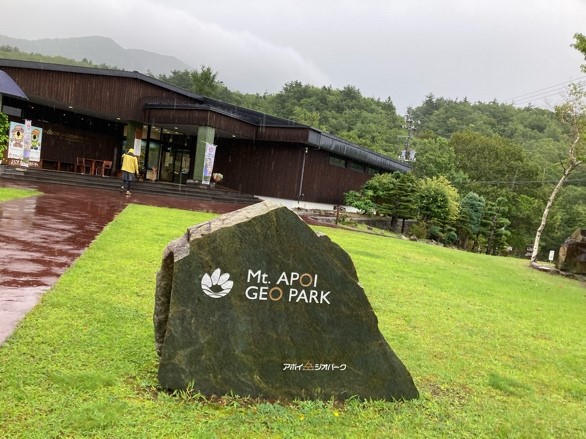
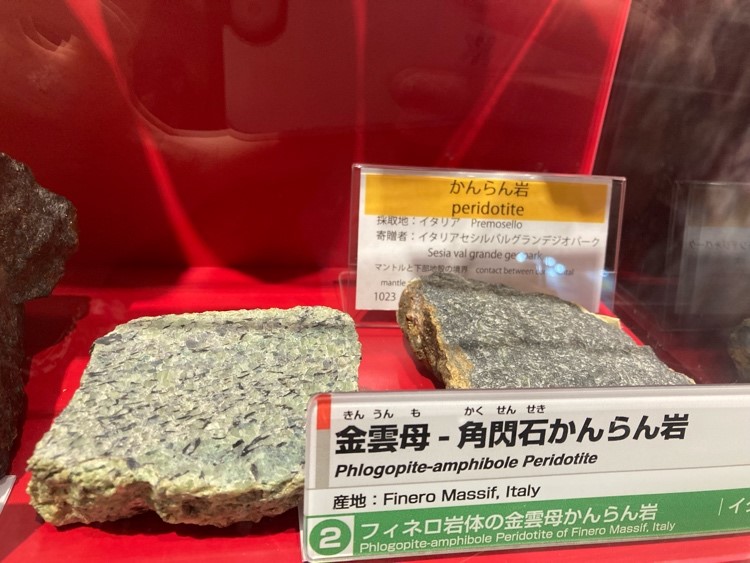
Today’s lunch was at Kuina. This restaurant is made out of the repurposed old train. It was a very interesting atmosphere. I ordered Chamen. I have never heard of the item on mainland of Japan. It is almost like fried noodles with starchy sauce (ankake), but the noodle is ramen noodle. It was very satisfying and delicious. 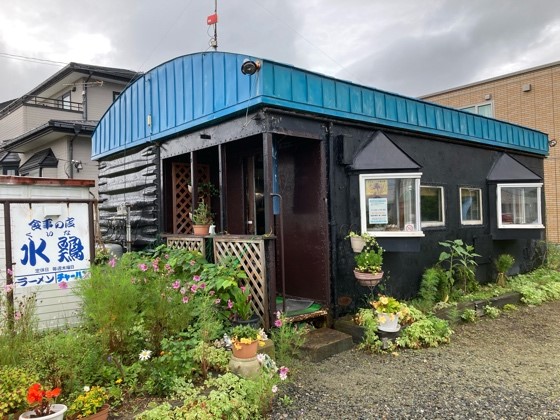
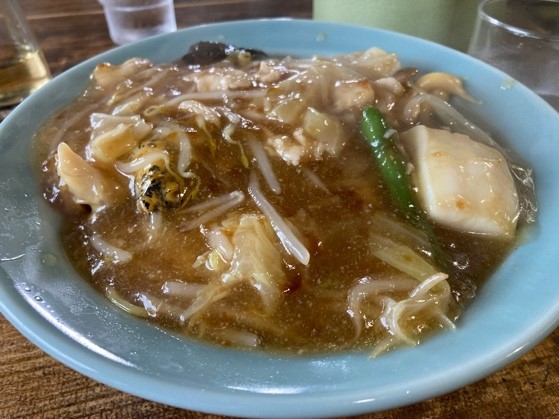
Lastly, I purchased some Takomamma fish cakes from Marusan Kudo Shoten. There are variations such as plain, shrimp, and this time I bought the one with kelp. The term “takomamma” refers to octopus roe, and this fish cake is made from the roe of a willow octopus. It was very different from the regular fish cake, and the texture was new to me, but it tasted like white fish. It was delicious.
I also bought some root kelp as a souvenir to take home at the Samani Tourist Information Center. I heard that kelp tastes different depending on where it was caught. I will compare it with Urakawa’s! The packaging of kelp is supposedly the pattern of peridotite seen under a polarized light microscope. I liked the packaging a lot, and it was a big hit at home as well. Also, the tourist information center was located in the former Samani Station, which is still preserved as it was in the part of the station except for areas that are being used as stores!
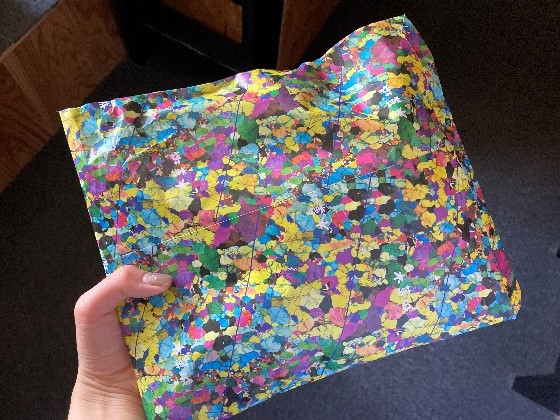
Written by Kana Watanabe


